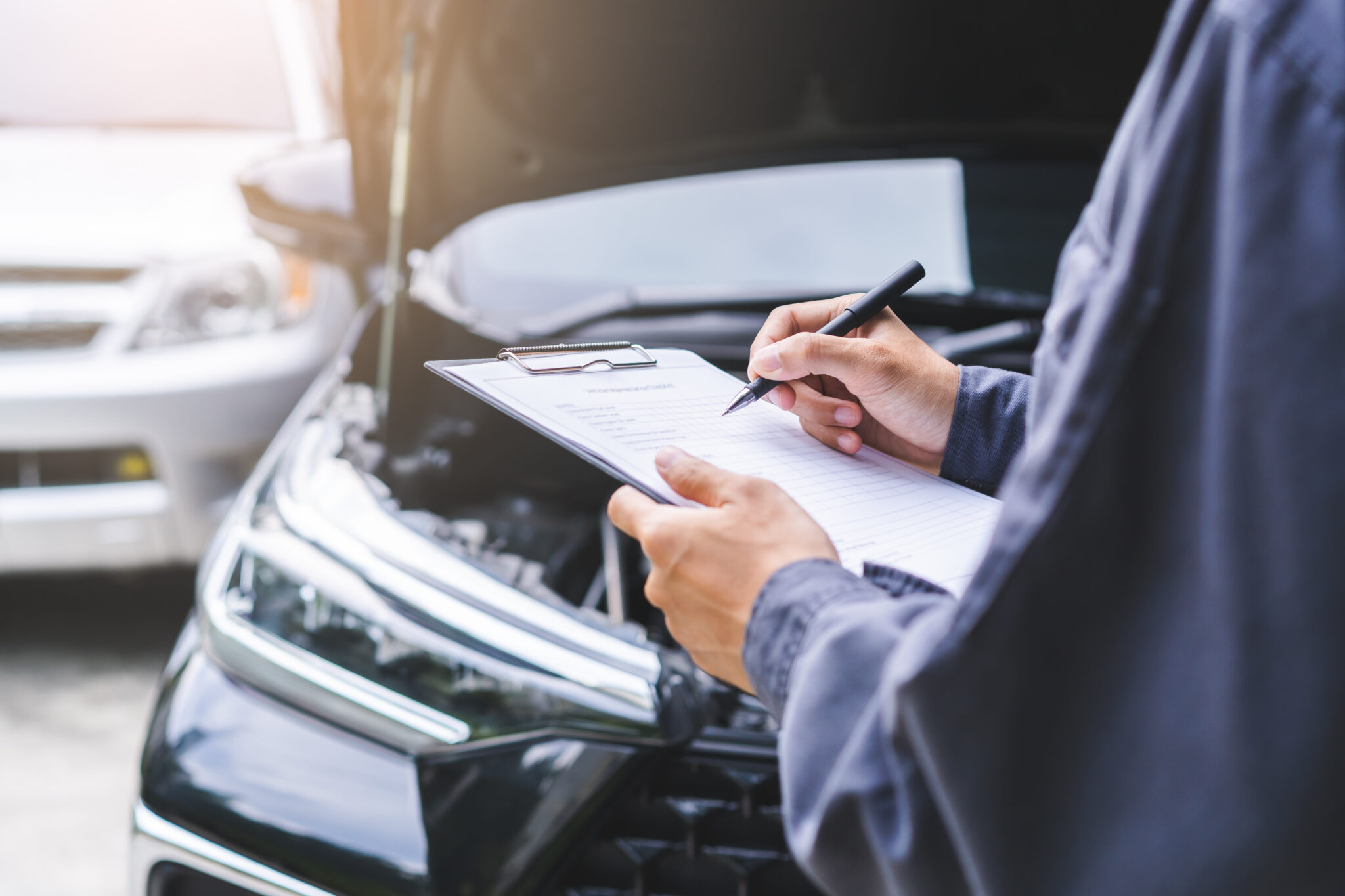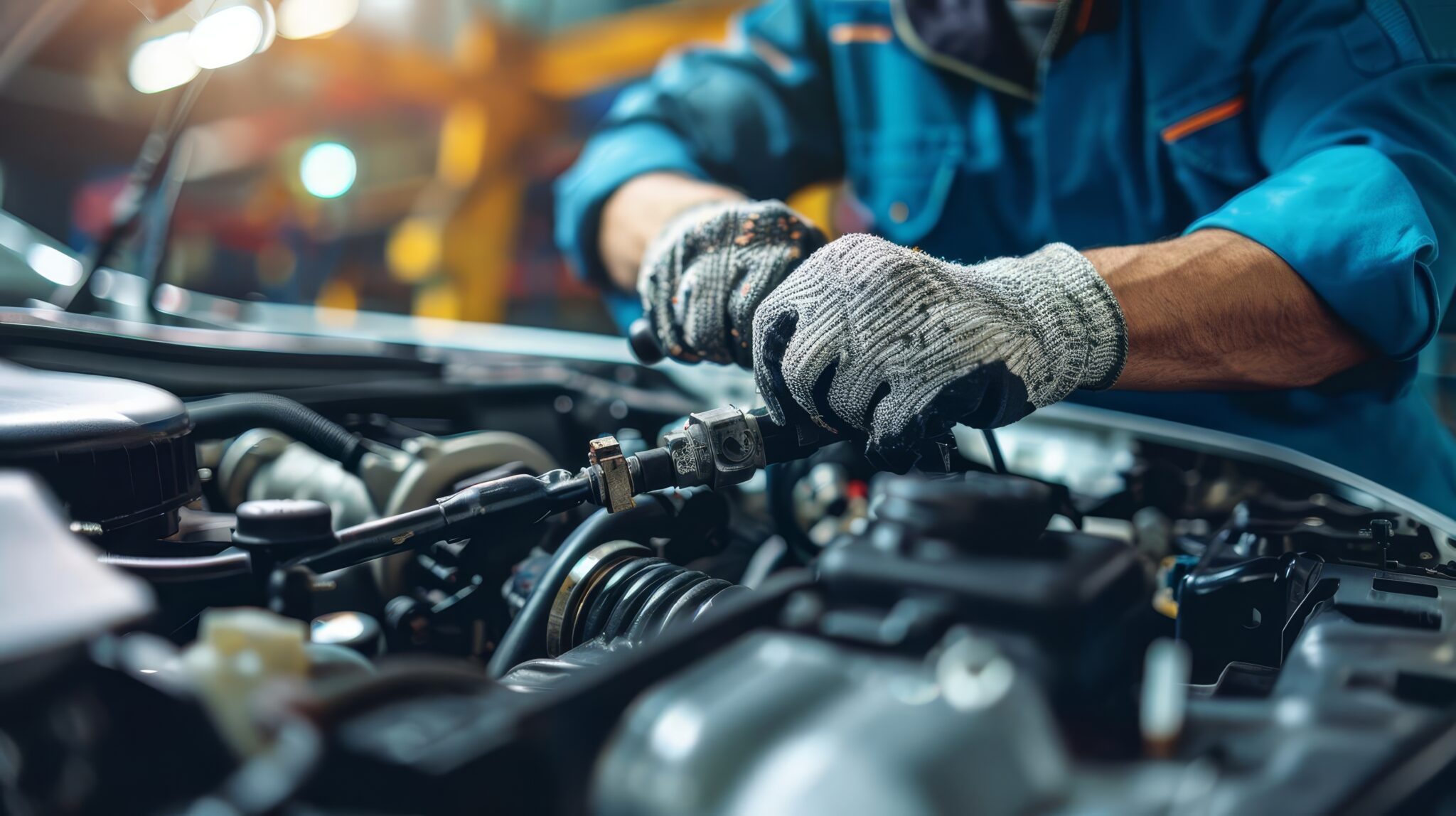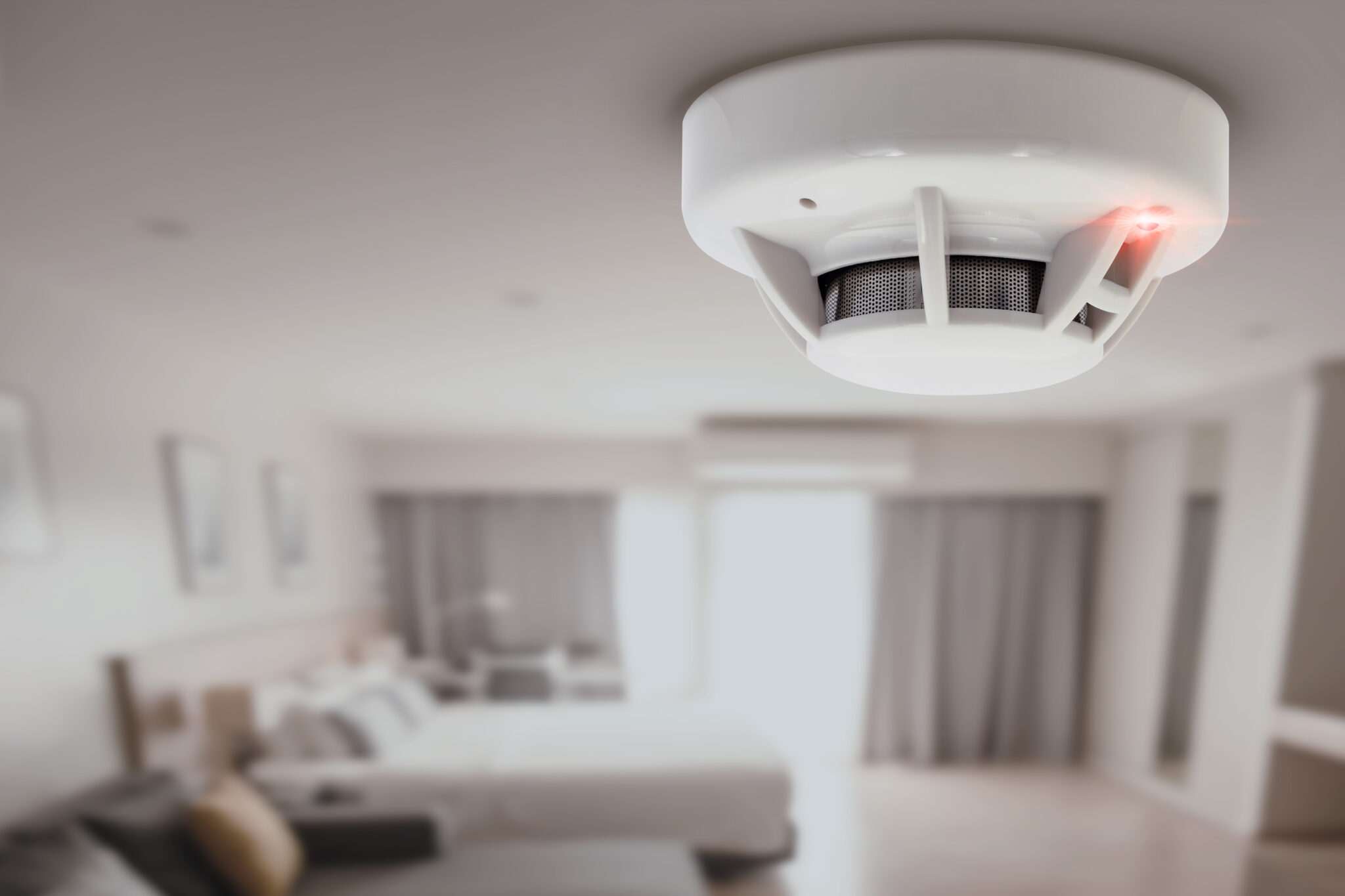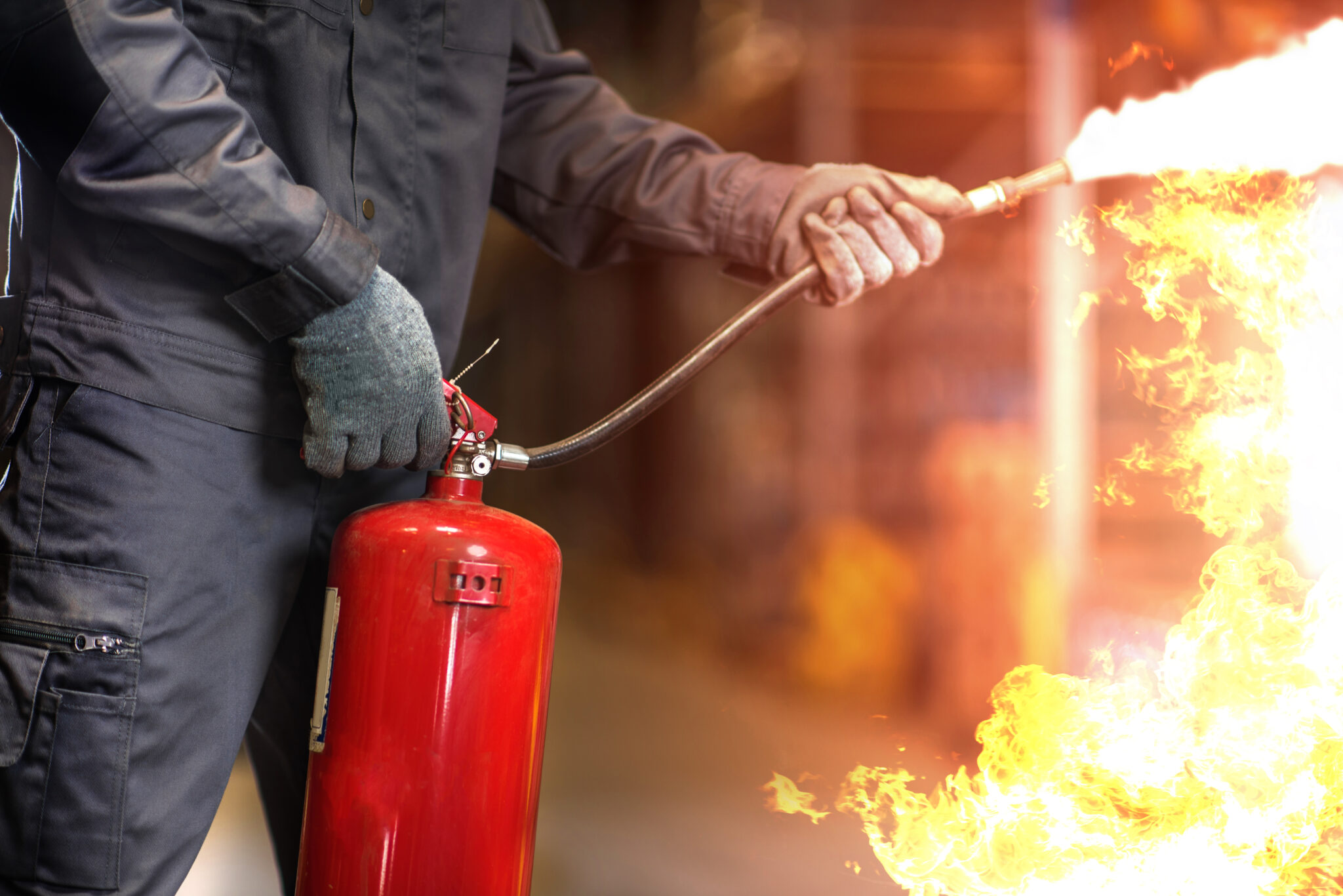

Proper maintenance and care are vital for keeping your vehicle running smoothly and ensuring its longevity. Performing routine maintenance tasks not only enhances your safety on the road but also prevents costly repairs in the future. This guide provides practical tips and steps that every car owner in South Africa should know to maintain their vehicle effectively.
1. Regular Oil Changes
Regular oil changes are crucial for maintaining your vehicle’s engine performance and longevity. Engine oil lubricates moving parts, reducing friction and heat buildup that can lead to wear and damage. It’s essential to follow the manufacturer’s recommendations for oil change intervals, typically every 10,000 to 15,000 kilometres or every six months, depending on your driving habits and the type of oil used. Regular oil changes ensure smooth engine operation, improve fuel efficiency, and prolong the life of your engine.
2. Check and Maintain Fluid Levels
Monitor and maintain essential fluid levels in your vehicle to ensure optimal performance and reliability. Apart from engine oil, regularly check and top up fluids such as coolant/antifreeze, brake fluid, transmission fluid, and power steering fluid. These fluids play critical roles in engine cooling, braking, transmission operation, and steering responsiveness. Low fluid levels can lead to overheating, brake failure, transmission issues, or steering problems, compromising your vehicle’s safety and reliability. Consult your vehicle’s manual for guidance on checking fluid levels and recommended intervals for fluid replacement.
3. Inspect and Replace Air Filters
Air filters prevent dirt and debris from entering your engine, ensuring clean airflow and optimal engine performance. Over time, air filters become clogged and less effective, affecting engine efficiency and fuel economy. Inspect your air filters regularly and replace them as recommended by the manufacturer, typically every 15,000 to 30,000 kilometres or according to driving conditions. A clean air filter promotes better engine airflow, reduces fuel consumption, and helps maintain lower emissions, ensuring your vehicle operates efficiently and economically.
4. Monitor Tire Pressure and Tread Depth
Maintaining proper tire pressure and adequate tread depth is essential for vehicle safety and performance. Check tire pressure regularly using a gauge and inflate tires to the recommended pressure specified in your vehicle’s manual or on the tire placard inside the driver’s door frame. Properly inflated tires ensure optimal contact with the road, improving handling, traction, and fuel efficiency while reducing the risk of tire blowouts. Inspect tires for wear and ensure tread depth meets legal requirements (typically 1.6 mm). Rotate tires every 8,000 to 10,000 kilometres to promote even wear and extend tire life, enhancing safety and durability.
5. Inspect and Replace Worn Out Wiper Blades
Clear visibility is essential for safe driving, especially during rainy or misty conditions. Regularly inspect windshield wiper blades for signs of wear or damage, and replace them every six months to one year or as needed. Worn-out wiper blades can compromise visibility and pose safety risks during adverse weather conditions. Choose high-quality wiper blades that provide effective clearing of water, dirt, or debris from the windshield, ensuring clear visibility and safe driving in all weather conditions.

6. Check Battery and Electrical System
A reliable battery and electrical system are essential for starting your vehicle and powering essential components such as lights, electronics, and heating systems. Inspect the battery terminals for corrosion regularly and clean them if necessary to maintain secure connections. Test the battery’s voltage and charging capacity periodically, especially before long journeys or during extreme weather conditions. Replace the battery if it shows signs of weakness or struggles to hold a charge, ensuring reliable starting power and electrical performance. Additionally, inspect and replace worn-out fuses, bulbs, or wiring to prevent electrical issues that could affect vehicle operation or safety.
7. Inspect and Maintain Brakes
Regular brake inspection and maintenance are crucial for vehicle safety and performance. Pay attention to signs of brake wear such as squealing noises, vibrations, or longer stopping distances. Inspect brake pads and discs periodically and replace them if worn beyond recommended limits. Ensure brake fluid is topped up and free of contamination to maintain proper braking function. Properly functioning brakes enhance driver control and responsiveness, ensuring safe braking in various road conditions.
8. Address Rust and Corrosion
South Africa’s diverse climate can lead to rust and corrosion, especially in coastal regions where salt air accelerates metal deterioration. Regularly inspect your vehicle for rust spots, particularly around wheel wells, undercarriage, and door frames. Wash your vehicle regularly, paying attention to cleaning off salt and debris that can contribute to rust formation. Apply a protective wax or coating to vulnerable areas to prevent corrosion. Addressing rust promptly helps preserve your vehicle’s appearance and structural integrity, extending its lifespan and reducing maintenance costs over time.
9. Monitor and Replace Engine Belts
Engine belts, such as the serpentine belt and timing belt, play crucial roles in powering various engine components and maintaining engine operation. Inspect engine belts regularly for signs of wear, cracking, or fraying. Replace belts according to the manufacturer’s recommended intervals or if they show visible damage or excessive wear. A properly functioning belt ensures efficient operation of engine accessories like the alternator, water pump, and air conditioning compressor, preventing potential breakdowns and costly repairs.
10. Check and Maintain Suspension System
The suspension system is essential for vehicle stability, handling, and comfort. Regularly inspect suspension components, including shocks, struts, and springs, for signs of wear or damage such as fluid leaks, uneven tyre wear, or excessive bouncing or swaying while driving. Replace worn-out or damaged suspension parts to maintain optimal vehicle control and ride quality. Properly functioning suspension enhances steering responsiveness, reduces vibrations, and ensures a smooth driving experience on South African roads, which vary from smooth highways to rough terrain.
11. Inspect and Maintain Lights and Signals
Properly functioning lights and signals are crucial for visibility and safety on South African roads, especially during low-light conditions or inclement weather. Regularly inspect headlights, taillights, brake lights, turn signals, and hazard lights to ensure they are clean, intact, and functioning correctly. Replace bulbs that are burnt out or dim to maintain optimal visibility and signal clarity. Check alignment and aim of headlights to ensure they illuminate the road effectively without blinding other drivers. Well-maintained lights and signals enhance your vehicle’s visibility to other motorists, improving overall road safety.
12. Clean and Protect Interior and Exterior
Maintaining a clean and well-protected vehicle interior and exterior not only enhances its appearance but also preserves its value and longevity. Regularly wash your vehicle to remove dirt, road salt, and debris that can cause paint damage and corrosion, particularly in coastal areas. Use a car wash detergent formulated for vehicle surfaces and avoid abrasive materials that could scratch the paint. Apply a quality wax or sealant to protect the paint from UV rays, pollutants, and environmental contaminants. Clean and vacuum the interior regularly to remove dust, dirt, and debris that can wear down upholstery and contribute to unpleasant odours. Use interior protectants to condition and preserve dashboard surfaces, leather upholstery, and vinyl trim. Maintaining a clean and well-cared-for vehicle interior and exterior enhances your driving experience and preserves the vehicle’s aesthetics and resale value over time.
Regular maintenance and care are crucial for ensuring your vehicle’s performance, reliability, and safety on South African roads. By performing routine tasks such as regular oil changes, monitoring fluid levels, replacing air filters, checking tire pressure and tread depth, inspecting wiper blades, and maintaining the battery and electrical system, you can extend your vehicle’s lifespan and reduce the risk of unexpected breakdowns or costly repairs. Establishing a proactive maintenance schedule based on manufacturer recommendations ensures your vehicle operates efficiently and remains in optimal condition, allowing you to enjoy safe and worry-free driving across South Africa.
Insurance.co.za Content Team
We’re a specialist team of insurance and finance copywriters and content producers. The Insurance.co.za Content Team is a flexible and dynamic team. Hence we publish our content under the Insurance.co.za brand name rather than our personal names.
Other posts





